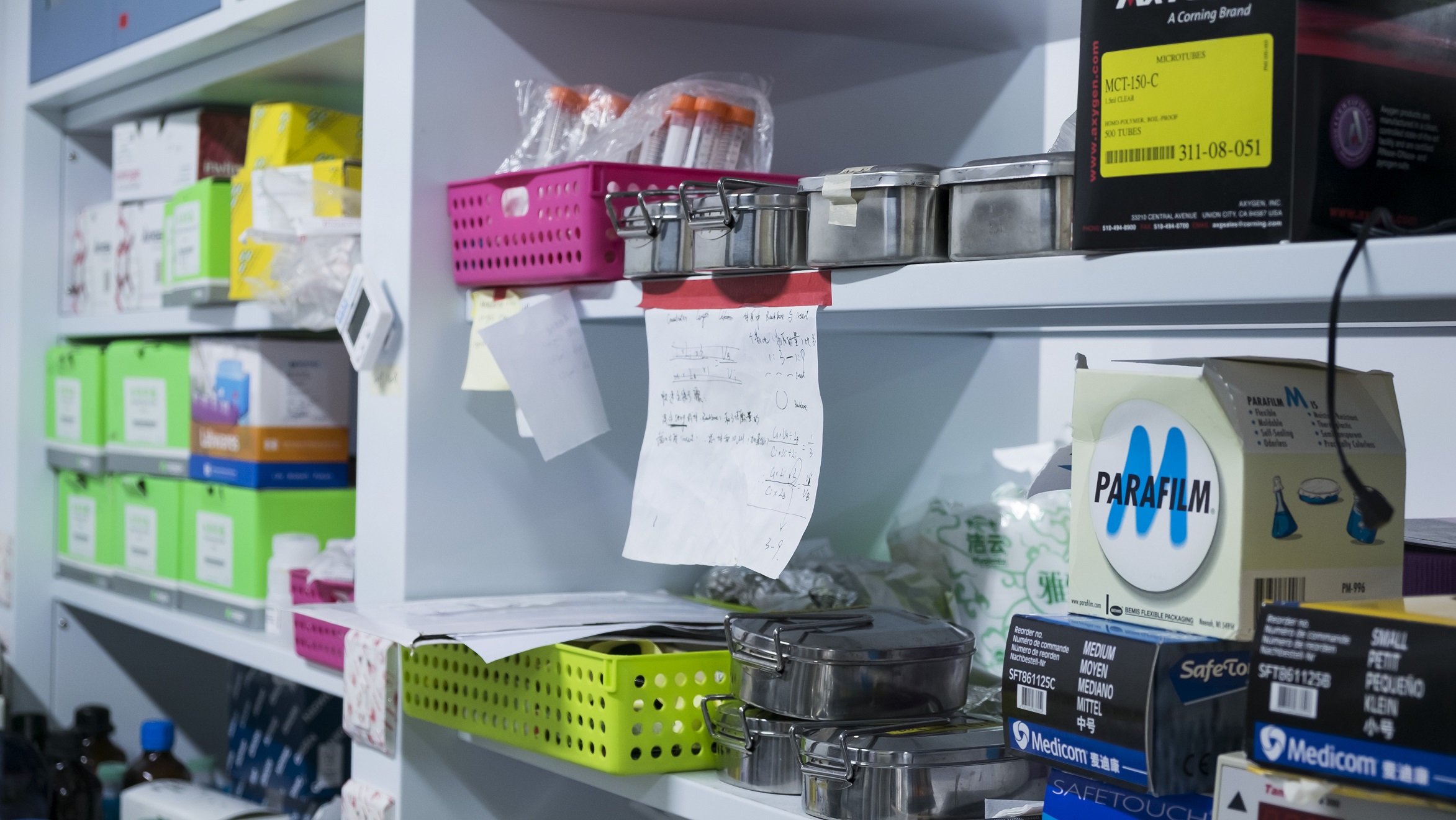Safety
View
Contents
Individual safety
Everyone involved in our experiment have passed the biosafety assessment of biological laboratory. Besides, during our experiments, we strictly obey the safety operation rules.
1) Hands must be washed before leaving the lab area. And lab coats will be worn when working with bacterial cultures.
2) No food or drink will be allowed in the lab.
3) All bench space will be wiped down with 75% ethanol before and after use, and be exposed to UV for twenty minutes before use.
Equipment safety
The safety of our experimental equipment is guaranteed by legal company’s security certificate. All instruments that have been exposed to the source of suspected infections will be sterilized after experiments. Different instruments are all placed in their suitable places. For example, the sharp instrument has a special tool box. Besides, the solid and liquid wastes are treated separately.
Procedure safety
During our experiment process, we strictly obey the protocol of every experiment. For example, we follow the miniMos protocol to prepare our injection plasmids system, microinject worms and select genetic stable worms.
Organisms safety
1) Caenorhabditis elegans
Our project choose C.elegans as the model organism. C.elegans is a harmless organism which is on the iGEM white list. It is very safe to use C.elegans to do researches and scientists have utilized C.elegans in molecular biology and developmental biology research since 1965.
2) Bacteria
E.coli is a naturally derived organism from humans and we used the strain DH5alpha to express our parts. These strains are so called “lab strains” and cannot survive in the human digestive system. They are also not able to produce toxins. Therefore, E.coli are classified as the lowest risk organisms in biosafety.
Environment safety
After we did our experiment, we properly disposed our experiment materials. For example, we killed all worms, and used alcohol to sterilize all the tools that had been exposed to plasmids.
Parts safety
Our project aims to express channelrhodopsins (chrimson and CoCHR ) in AWA and AWB neurons and to use calmodulin GEMgeco to measure the calcium concentrations. We build our parts (str1::CoCHR::GEM-GECO::GFP and ord-10::Chrimson::GEM-GECO::mCherry ) by ourselves, whose elements are safety and nontoxic. The red-light sensitive Chrimson is from Chlamydomonas noctigama and the blue-light sensitive CoChR comes from Chloromonas oogama[1]. In addition, the GEMgeco is evolved by pre-existing protein engineered fluorescent protein (FP)[2].
References
- ↑ Lisa C. Schild and Dominique A. Glauser ,”Dual Color Neural Activation and Behavior Control with Chrimson and CoChR in Caenorhabditis elegans”, 2015, GENETICS.
- ↑ Yongxin Zhao el.th,“An Expanded Palette of Genetically Encoded Ca2+ Indicators”,2011, SCIENCE




